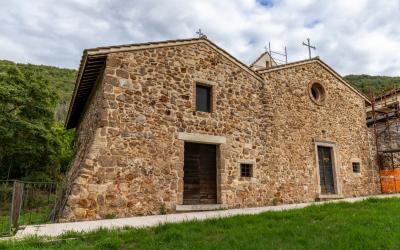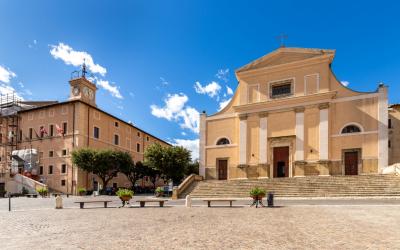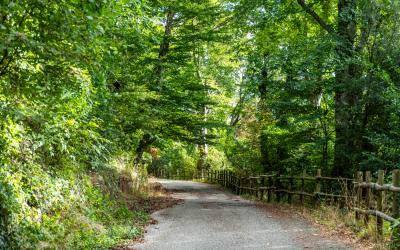The History of Alum from the Paleolithic to the Renaissance
Getting to the Archaeological-Naturalistic Museum is very easy. It is housed in the palace of the Reverenda Camera Apostolica built in 1580 which is located right in the central square of the town, next to the Church of Santa Maria Assunta in cielo
Characterized by the multidisciplinary nature of the exhibition routes, it focuses on the evolution and transformation of the territory and the men who inhabited it, from prehistory to the exploitation of the alunite mines in the 19th century. The museum is divided into different sections, which have been acquired over time: paleontology, naturalistics, industrial archaeology, geomineraria. In particular, the mineralogical section was introduced in 1970, expanded in 1975 with a WWF project, taking on the connotation of Civic Museum-Centre for the Documentation of the Prehistoric and Naturalistic Heritage of the Tolfetano-Cerite territory. Subsequently, the geomineralogical section was inaugurated, enriched by the functioning scale model of the alum factory donated by the Institute of Geology of the University "La Sapienza" of Rome and a wagon for transporting minerals. The archaeological section displays materials ranging from the Paleolithic to the Renaissance, highlighting aspects of daily life and production activities with significant attention to the exploitation of alum. The naturalistic and mineralogical section illustrates the flora and fauna of the area, the natural ecosystems and the problems of anthropic impact, the rocks, geology and mineralogy of the territory.











